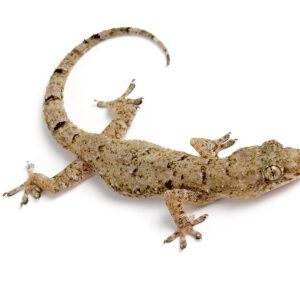common house gecko
Habitat and Distribution
common house gecko , scientifically known as Hemidactylus frenatus, is a highly adaptable species that thrives in a variety of environments across the globe. Originally native to Southeast Asia, this small lizard has spread to many regions, including tropical and subtropical areas, largely due to human activities. Its remarkable ability to adapt has allowed the common house gecko to inhabit urban settings where they can often be found in both indoor and outdoor spaces.
One of the primary habitats for the common house gecko is human dwellings. They are frequently observed in apartments, homes, and other buildings where they take advantage of natural light and warmth. These geckos have a preference for warm climates, which is why they are often found in regions such as Southern Asia, Africa, the Middle East, and parts of the Americas. They can seamlessly blend in with their surroundings due to their varied coloration, ranging from gray to brown, making it easier for them to ambush prey, such as insects that are abundant in urban environments.
Outside of buildings, these geckos also inhabit gardens and other green spaces. They can often be spotted on walls, patios, and in vegetation, where they can hunt for food safely while avoiding predators. Their ability to thrive in both indoor and outdoor settings is a testament to their evolutionary success. Several factors contribute to their survival in these habitats, including their nocturnal nature, which allows them to evade daytime predators, and their diet, consisting primarily of insects, which are plentiful in urban environments. Overall, the common house gecko’s adaptability to various habitats plays a key role in its widespread distribution, making it a fascinating subject of study among herpetologists and ecologists alike.
Behavior and Diet
The common house gecko (Hemidactylus frenatus) exhibits various behavioral traits that contribute to its adaptability and survival in diverse environments. Primarily nocturnal, these geckos are most active during the night, leveraging their keen eyesight and sensitive skin to navigate in low-light conditions. This behavioral pattern not only aids their hunting efficiency but also reduces the risk of predation. Their agility and speed make them adept climbers, allowing them to hunt insects in various locations, from walls to ceilings.
Socially, common house geckos have interesting dynamics. While they are generally solitary creatures, they can occasionally be found cohabitating in small numbers. Male geckos establish territories and exhibit territorial behaviors, such as vocalizations and displays to assert dominance over rival males. Communication among house geckos primarily occurs through sound, using a series of clicks and chirps to convey distress or attract mates. These vocalizations are crucial in maintaining social hierarchies and facilitating reproduction.
As insectivorous predators, common house geckos primarily feed on a diet comprising insects and other small arthropods. This diet includes a variety of insects such as crickets, moths, and cockroaches, which makes them valuable allies in pest control within human environments. Utilizing their acute sense of smell and exceptional hunting techniques, these geckos are capable of catching prey with remarkable precision. They often employ a methodical hunting strategy, patiently waiting for insects to come within reach before pouncing, utilizing their sticky toe pads to secure their meal. This predation behavior not only sustains the geckos but also helps manage insect populations in residential areas, highlighting their ecological significance.
Showing the single result
-
Geckos for Sale
mediterranean house gecko
Original price was: $29.00.$19.00Current price is: $19.00. Add to basket

